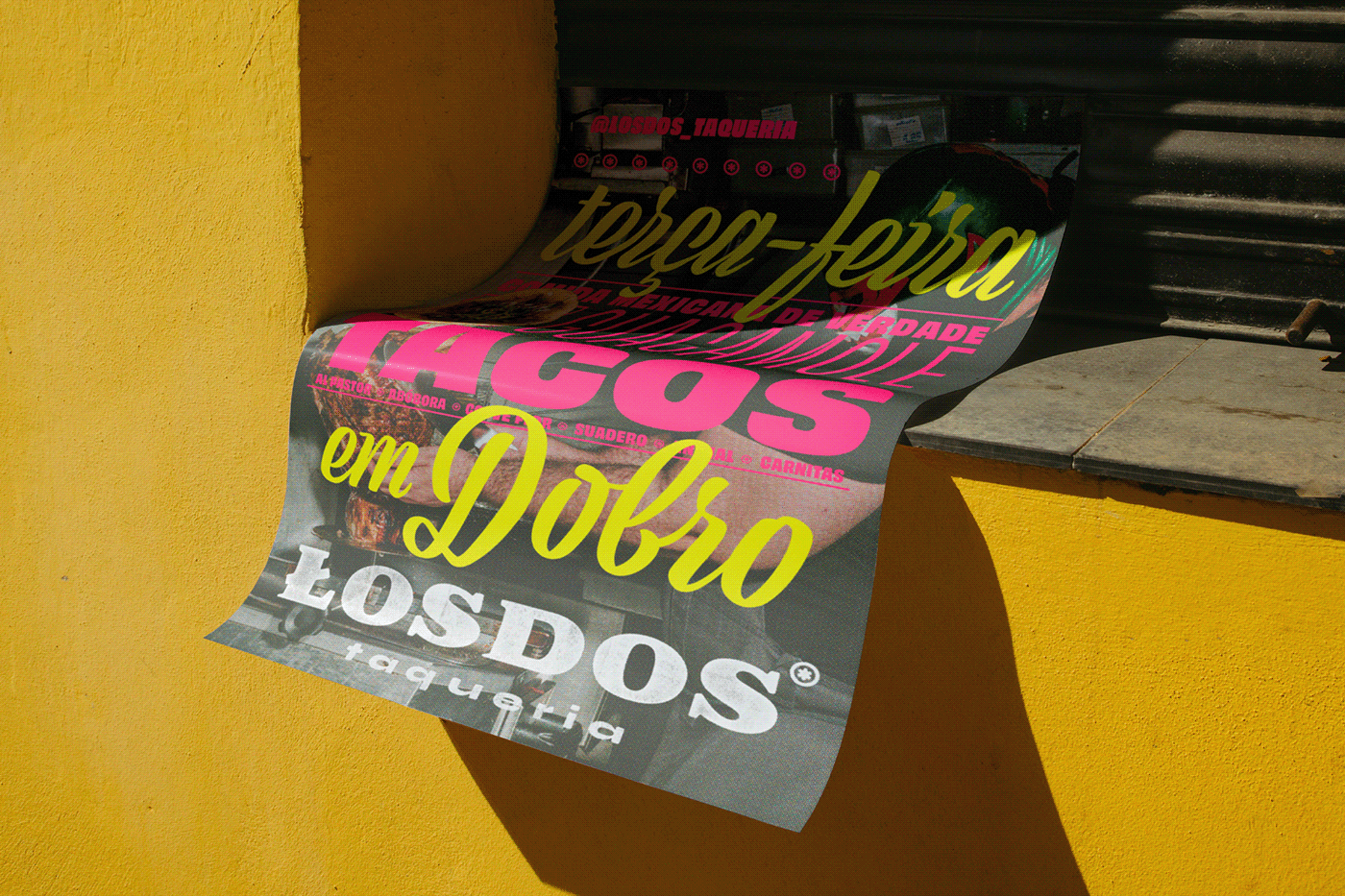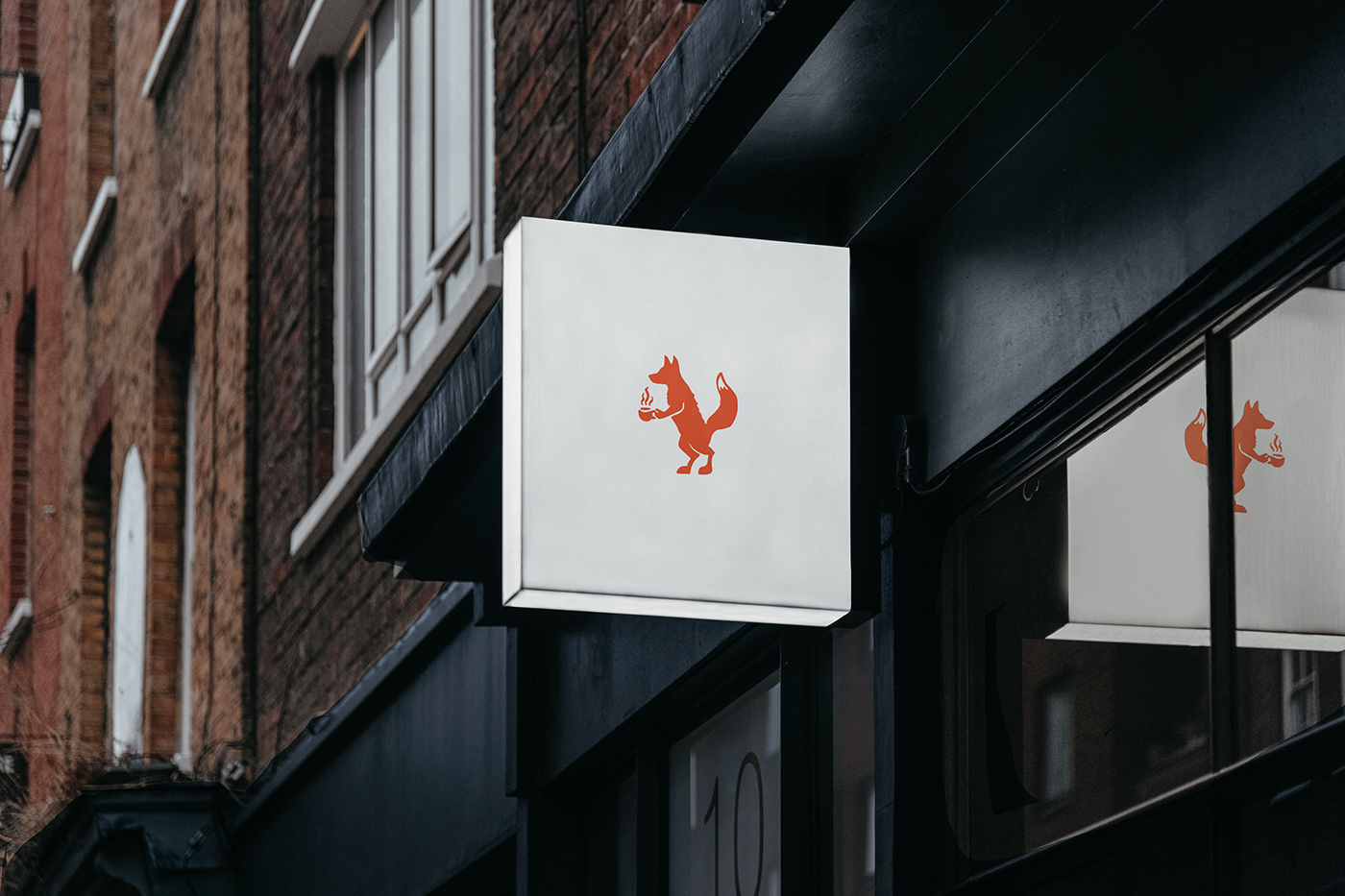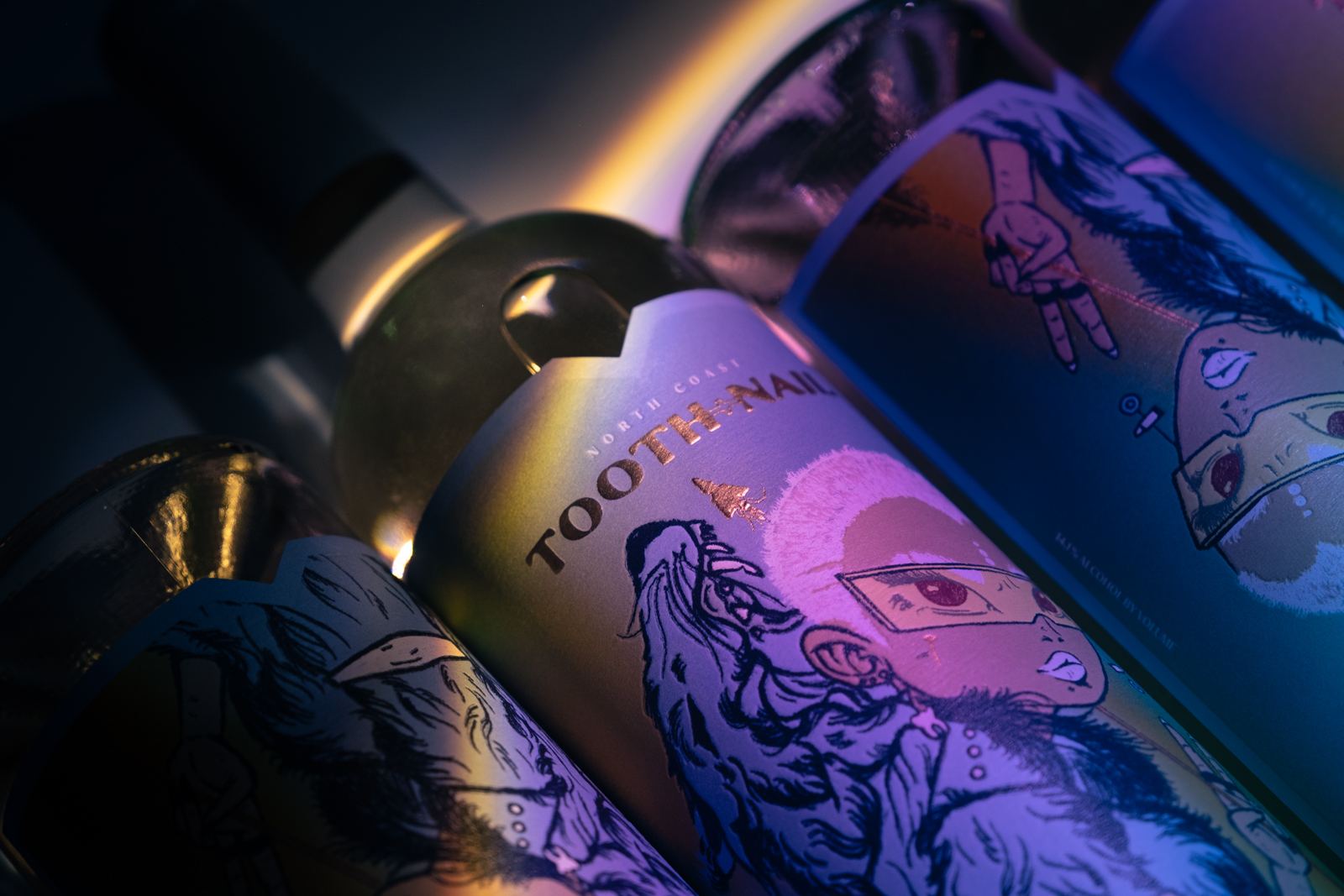Most marketers are quite inept at what we call “true” branding. They sell the logo as the core of the brand and, once designed, slap it on everything possible, then call it branding. That’s not branding, that’s bludgeoning.
What’s the difference between “Branding” and “Bludgeoning”?
A brand is rooted in an honest offering beyond the product. It has little to do with an actual design. That’s the communication method. The brand is WHAT you are communicating. With Chipotle, they’re communicating sustainable, earth-friendly, ethic burritos. They don’t just say it; they live it every day. Their logo is the epicenter of communicating that focus, but they don’t rest solely on that. They have a brand language.
What’s a “brand language”?
The brand’s offering is communicated through every single touch point. It goes beyond the logo and into the textures, typography, colors, treatments, voice of the writing, greeting…. EVERYTHING. When built properly each touch point takes the core of the brand and extends it so it’s not boring or repetitious, but instead a brand builder.
How does a touch point become a brand builder?
Through good design. A good designer will see the utility of a takeout bag, for instance. She’ll then go beyond and think about who will see that bag, what can we communicate? What can be said? How do we make that bag a part of the brand family, but have it’s own attitude so it’s interesting? When those questions are answered, that bag becomes a cog in the brand identity machine. If one simple slaps a logo on the bag, the utility is served, but the opportunity is missed. Slap the logo everywhere and you start bludgeoning people.
Why is bludgeoning bad?
Simple. It’s absolutely dull and boring. People will ignore your brand more than they’ll pay attention.
Think about it. If your touch points all look exactly the same, why bother looking at them? If they are different but part of the same feel and vibe, they each are interesting, get attention and collectively build an overarching language.
So, take a step back and look at each touchpoint for your restaurant’s brand, and ask these questions:
1. Is it worth looking at longer than a glance? Is it worth reading?
2. Does it extend the restaurant’s brand and add something more?
3. Does it make someone want to talk about it?
If the answers are “no” to any of these, then you need to rethink and redesign. Stop bludgeoning, start branding.






